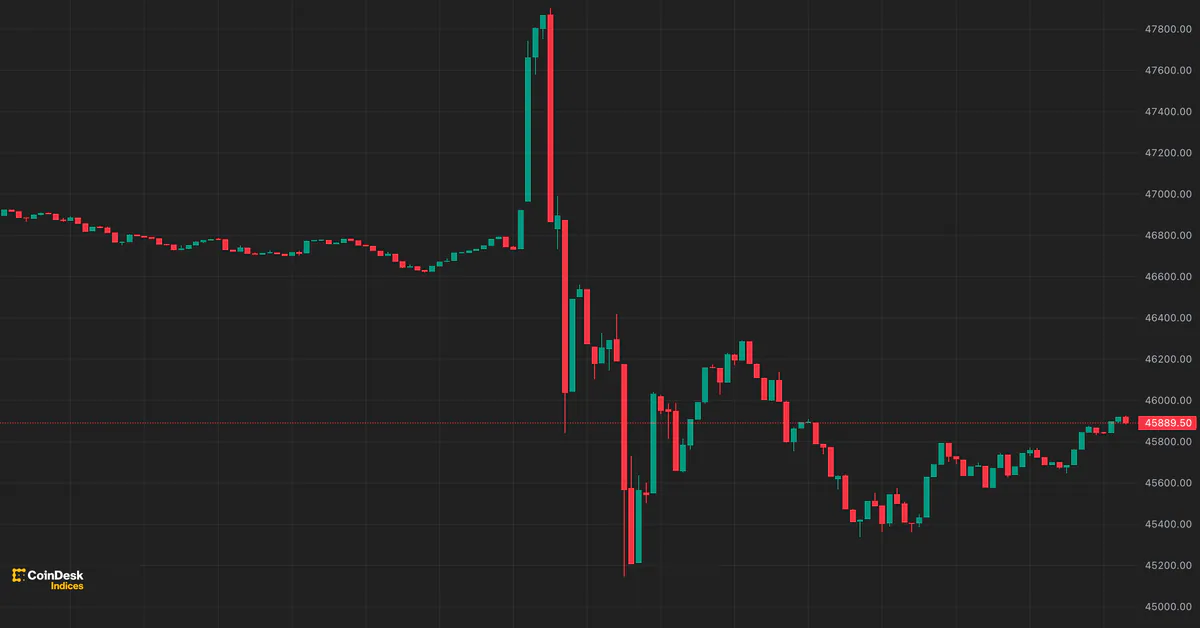Placeholder Partner Why will modularity bring about the golden age of Web3 innovation?
Propelling Web3 Innovation The Role of Modularity in Unleashing the Golden Age of Partner ApplicationsAuthor: Joel Monegro, Partner at Placeholder
Translation: Luffy, Foresight News
Pioneers in new technologies often need to raise large amounts of capital to build infrastructure, which can lead to overinvestment and speculative bubbles. When these bubbles burst, weak companies collapse, and market forces consolidate around industry leaders and their paradigms. Through this consolidation process, we can identify common elements within applications and separate them into standardized modular components, which can be open-sourced or sold as standalone services. These abstracted components make it easier to build more complex applications and facilitate a shift from capital expenditure-driven to operational expenditure-driven cost structures, enabling new products to be launched faster and reducing startup costs. This pattern is now unfolding in the emerging Web3, with new “modular” technologies (such as Rollups) accelerating technical development and ushering in an era of lean startup innovation.
Capital Expenditure vs. Operating Expenditure
As technology infrastructure becomes more standardized and widely available, it becomes more powerful and easier to use. However, before this happens, early entrepreneurs must heavily invest in constructing their own infrastructure before they can build and distribute their applications. For example, Edison invented the power grid to sell light bulbs, and early internet startups deployed data centers to run their websites. As the market matures, the emergence of open standards and on-demand infrastructure services provides companies that adopt them with more efficient business models, as they no longer need to spend excessive time and money to bring their products to market.
- SBF gradually integrates into prison life providing cryptocurrency investment advice to prison guards, meeting the demand for medicine and food
- Blockchain games are rejuvenating, how does Gala Games stand out?
- DeFi Historical Research The Golden Age of DeFi Initiated by Uniswap
For instance, after the burst of the dot-com bubble in 2000, the internet industry shifted from purchasing servers and building data centers (capital expenditure) to renting cloud servers (operating expenditure). The emergence of many open-source frameworks (such as the LAMP stack, Ruby on Rails, Django, and NodeJS) aimed to simplify web development, while industry leaders like Microsoft, Amazon, and Google leveraged their scale to establish new standards and low-cost infrastructure services. This, together with the API boom that started in the late 2000s, further simplified the complexity of the internet by offering specialized backend functionality through a pay-as-you-go business model. Within the decade following the crash, these abstraction layers enabled small teams to rapidly and affordably build and scale new applications, accelerating innovation and ushering in a golden age for startups.
Web2 infrastructure has become so abstract that modern web applications don’t even run directly on physical servers anymore. Instead, they run in simulations of servers: virtual machines (typically encapsulated in containers that can easily be moved or replicated across many environments with minimal reconfiguration). Virtual machine technology allows a single powerful server to run multiple applications simultaneously, aiding in the scalability of Web2. It also enables the addition or reduction of computational resources to applications as needed, to meet demands and control costs.
The concept of virtualization illustrates how infrastructure can become abstract, but I emphasize it here because Web3 infrastructure follows a similar path as Rollup, which helps blockchain achieve scalability by allowing multiple “virtual blockchains” to be supported on top of the blockchain.
Abstraction layer
Early blockchain startups had to build all the infrastructure, including custom blockchain protocols, frontends, wallets, SDKs, APIs, etc., before they could start building applications. Smart contract networks like Ethereum reduced the need to build proprietary blockchains for many applications, but they imposed significant limitations in terms of costs, programming conventions, and scalability, limiting the scope of possible applications. More ambitious ideas require a degree of flexibility and throughput that is typically difficult to achieve on public chains, which means many of the most exciting applications are unable to materialize.
Platforms like Cosmos and Polkadot later provided tools to create custom blockchains with shared security and interoperability features, making it easier and safer to launch blockchains. However, using them still required substantial resources and expertise, making them out of reach for most developers. But just as more abstraction layers simplified cloud services, emerging Layer 2 (L2) standards, such as Rollup, allow developers to deploy blockchain environments quickly and inexpensively.
Rollup executes transactions and smart contracts off-chain and bundles the results of multiple operations into regular, cryptographically verifiable transactions on the main blockchain, inheriting the security of the underlying network. This is similar to how credit card networks handle many payments and settle them with merchants by weekly batch transfers. Through this technology, a single blockchain can protect many high-performance virtual blockchains, significantly increasing network throughput while minimizing transaction fees.
It is important to note that Rollup is not a blockchain, at least not a physical machine-like a virtual machine. Rollup is a virtual blockchain, a simulated environment where smart contracts run just like on a real blockchain if we ignore the abstraction. As long as the operator settles the outputs regularly on a trusted blockchain without compromising the data, Rollup can be operated in a centralized manner according to performance, control, or compliance requirements. But it can also achieve decentralization by using “shared sequencer” technology.
In addition to scalability, by separating the “execution” layer from “data availability,” “settlement,” and consensus layers, developers gain flexibility while leveraging the security of the main chain. For example, if a developer doesn’t like Solidity but wants to leverage the security or ecosystem of Ethereum, they can choose to use a Rollup with Python as their programming language to deploy their applications on Ethereum. Open-source frameworks like OP Stack, ZK Stack, Polygon CDK, Arbitrum Orbit, or Rollkit have made it easy for developers to deploy custom Rollups with different levels of trust, while decentralized sequencer projects like Espresso and Astria offer the option of executing layer decentralization if needed. Meanwhile, an increasing number of low-code “Rollup as a Service” (RaaS) products, such as Dymension, Conduit, Caldera, and Gelato, allow anyone to launch a custom virtual blockchain in a matter of minutes.
The broader “modular movement” further provides developers with standards and services that cover other areas of the stack, thereby reducing the cost of building and expanding blockchain applications. Ethereum’s EVM dominates as the “operating system” for smart contracts, while Solana’s SVM is rapidly emerging as a high-performance alternative solution (both can be used in independent Rollups). Protocols like POKT standardize the RPC/API layer across networks, and frameworks like SyndicatePolywrap abstract multiple protocols into a single front-end SDK. Cross-chain bridges like Across enable liquidity to flow between different blockchain networks, while companies like SAFE or Squads with Wallet-as-a-Service (WaaS) offerings, such as Magic, make it easy for any user on-chain to create custom wallets. There are even new L1s built specifically for virtual blockchain environments, like Celestia.
Millions of virtual blockchains
The current strategy for Web3 startups is to initially launch on high-performance, low-cost networks (such as Ethereum L2 or Solana), and if scaling is needed, begin planning a transition to a custom, application-specific runtime environment. Even existing protocols that have built their own chains, like Celo or POKT, are transitioning to L2 architectures to simplify infrastructure costs, echoing the era when internet companies with data centers had to adopt cloud services. If you don’t embrace new things, you’re easily defeated by competitors who do.
Many think that applications running on high-throughput blockchains like Solana can achieve “network scale” without L2, but they greatly underestimate the meaning of network scale, as most activity on the internet happens in the background. Each of your clicks triggers hundreds of hidden HTTP requests; loading just Twitter.com alone triggers over 300 background requests to various APIs and service providers within 2 seconds, and that’s just one user’s single action. Achieving network scale may mean processing millions of transactions per second for each application, but if the demand on the internet increases by a million, it’s still not enough. Virtualization is necessary to reach this level of scale, but we still need a high-performance L1 at the foundation to make it happen. Apart from blockchains optimized for data availability throughput (like Celestia), high-performance blockchains (like Solana and Monad) are potential interesting playgrounds for Rollups.
That being said, scalability is not the only important reason for virtual blockchains. Virtual blockchains are powerful standards for online services in the Web3 era. The first wave of Rollups consisted mainly of “faster Ethereum” services. However, the flexibility provided by modular architectures makes virtual blockchains particularly useful for creating application-specific runtime environments or networks tailored to specific ecosystems, industries, or geographic locations. You can also create “virtual private blockchains” for use cases with strict access control or compliance requirements. The greater idea is that as blockchain and smart contract interfaces replace the “cloud services and API” paradigm of Web2, virtual blockchains may become the default backend infrastructure for all online applications.
In future articles, we will delve deeper into these ideas, but for now, from a business perspective, the most important point to emphasize is that modularity represents the shift from capital expenditure to operational expenditure for Web3. As a result, we can anticipate the rapid expansion of the next generation of blockchain applications. Operational expenditure means that costs expand alongside growth, rather than being pre-emptively shouldered through massive funding before launch. This means entrepreneurs can iterate faster, applications can scale inexpensively, and investors can provide financing with lower risk. Just like the post-dotcom bubble era of Web2, these are the prime conditions for innovation in the Web3 startup world.
We will continue to update Blocking; if you have any questions or suggestions, please contact us!
Was this article helpful?
93 out of 132 found this helpful
Related articles
- Quick review of the liquidity pledging pattern of the Ethereum ecosystem Decreasing centralization in Lido, increasing protocol diversity
- In the next ten years, there will be no second Binance in Crypto.
- It’s a Wild Ride in the Crypto Regulatory Space
- Milei’s Bold Promise to Shut Down Argentina’s Central Bank Can He Really Pull It Off?
- How to simply understand the scalability new solution Plasma + ZK-SNARKs?
- Why has Blast become the biggest catfish of Layer2 this year, with over $200 million TVL captured in just 2 days?
- Bitcoin Ecological Entrepreneurship Season Which Emerging Projects are Worth Paying Attention to?






